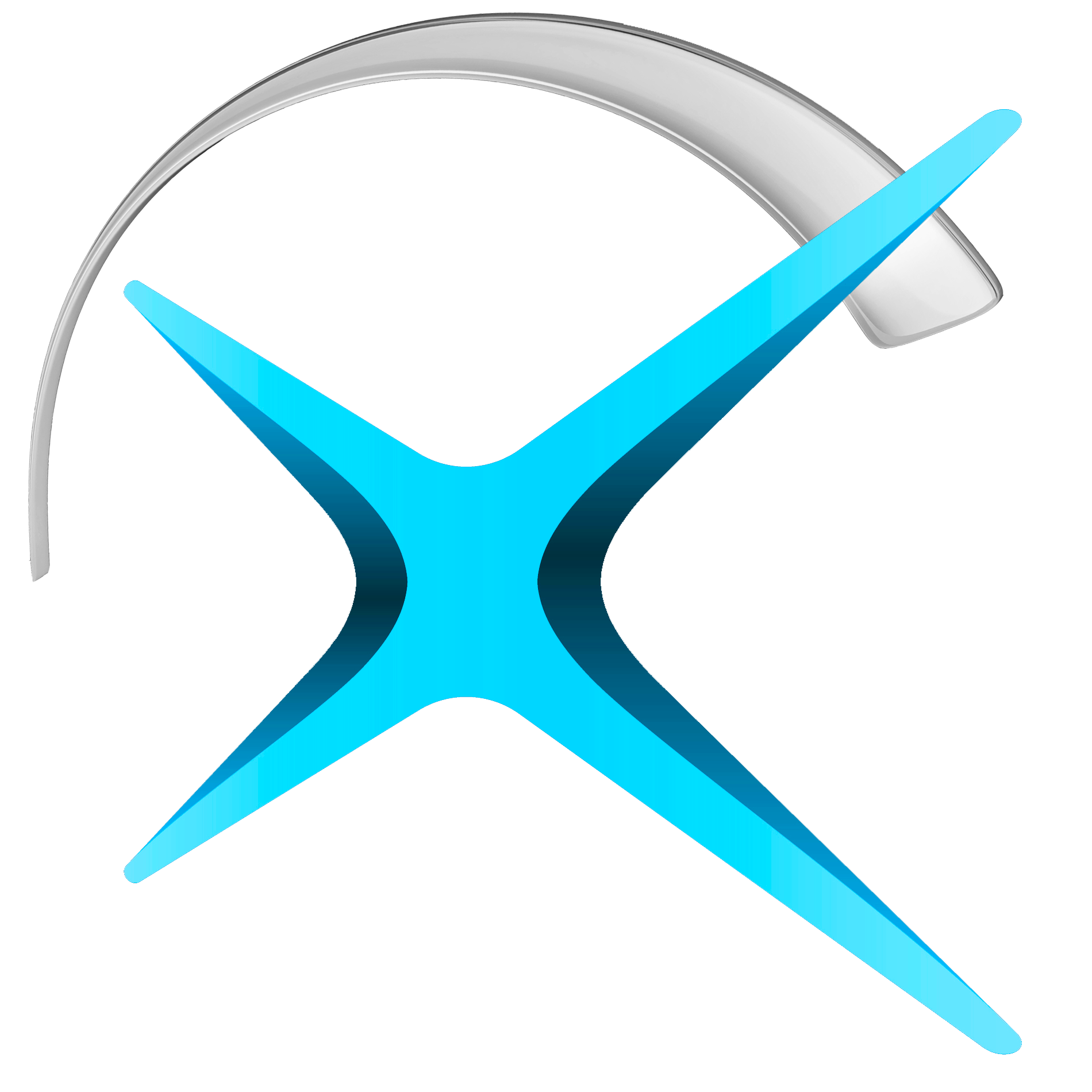Unleash Your Business's Potential: Boosting Productivity Made Simple
May 29, 2023 •Ember Davis

As a restoration business owner, you want to make sure that your team is working as efficiently as possible. The more productive your team is, the more jobs you can take on, and the more revenue you can generate. In this blog, we'll share some tips for boosting productivity in your restoration business.
-
Set Clear Goals and Expectations:
Setting clear goals and expectations is crucial in boosting productivity within your team. It's essential to ensure that every member of the team understands what is expected of them to work effectively. A lack of clarity can lead to confusion and result in wasted time and effort. Therefore, it's important to define roles and responsibilities clearly, so everyone knows what they are responsible for.
In addition, setting clear and achievable goals is crucial in keeping your team motivated and focused. Goals should be specific, measurable, achievable, relevant, and time-bound (SMART). When goals are properly defined, team members can work towards a common goal and feel a sense of purpose.
Aligning goals with your company's mission and vision is also important. It ensures that everyone is working towards the same end goal, and team members understand how their work contributes to the success of the company. When everyone is working towards a common objective, it helps to create a positive and productive work environment.
-
Implement Job Management Software: Job management software like Xcelerate can help you streamline your business processes, save time, and increase productivity. With features like scheduling, job tracking, and communication tools, you can manage jobs more efficiently and minimize downtime. This software can help you stay organized and focused on high-value activities, increasing productivity.
-
Invest in High-Quality Equipment:
Investing in high-quality equipment for your restoration business is essential for boosting productivity in a restoration business. High-quality equipment can help increase efficiency, reduce downtime, and improve the quality of work. When selecting equipment, consider the specific needs of your business. For instance, if your business specializes in water damage restoration, you may need high-powered water extraction machines, dehumidifiers, and air movers. If your business specializes in fire damage restoration, you may need specialized cleaning agents, ozone generators, and air scrubbers.
It's also crucial to keep equipment well-maintained to avoid breakdowns and reduce downtime. Develop a maintenance schedule and regularly inspect and service your equipment. Additionally, make sure that your team receives proper training on using and maintaining the equipment. By investing in high-quality equipment and proper maintenance, you can ensure that your team has the tools they need to work efficiently and effectively.
-
Provide Ongoing Training:
In addition to providing ongoing training, it's important to offer training that is relevant to the restoration industry. Consider partnering with organizations such as Reets Drying Academy, which offers a range of courses and certifications for restoration professionals. Reets Drying Academy provides hands-on training in areas such as water damage restoration, fire and smoke damage restoration, and mold remediation. Offering these types of training opportunities can not only improve your team's productivity but also their credibility in the industry. Encouraging your team to pursue certifications and attend industry conferences can also keep them up-to-date with the latest techniques and technologies in the restoration field. -
Encourage Open Communication:
Encouraging open communication is essential in boosting productivity within your team. By creating a culture of open communication, you can foster an environment where employees feel comfortable expressing their ideas and concerns. This can help identify issues and provide solutions quickly. Regular team meetings or daily huddles can be a great way to discuss progress, roadblocks, and solutions. Communication can also help to avoid miscommunication or duplication of efforts, saving time and increasing productivity.
To encourage open communication, you can establish clear channels of communication such as a messaging platform or project management tool. This allows team members to communicate easily and efficiently, even if they are not physically in the same location. It's also important to establish guidelines for communication, such as response times and what types of messages should be communicated in which channels.
In addition to team communication, it's also important to encourage open communication between employees and management. Employees should feel comfortable approaching management with their concerns or ideas. Regular check-ins and one-on-one meetings can be a great way to provide feedback and support to employees, helping to improve their productivity and job satisfaction.
Overall, fostering open communication can help your team identify issues, provide solutions, and work more efficiently together. This leads to increased productivity and a more positive work environment.
-
Track and Analyze Performance:
In the restoration industry, there are several key performance indicators (KPIs) that can help track the success and productivity of your business. One of the most critical KPIs is the time it takes to complete a job. Tracking job completion time can help you identify areas where you may be losing time or experiencing delays, allowing you to make necessary changes and improve efficiency.
Another important KPI is the customer satisfaction rate. This metric measures how satisfied customers are with your restoration services and can help you identify areas for improvement in your customer service and communication. Additionally, tracking revenue per job can help you understand your profitability and identify opportunities to increase revenue.
Other restoration-specific KPIs include the percentage of jobs that require rework, the number of jobs completed per technician, and the cost per job. By tracking and analyzing these metrics, you can make data-driven decisions and continuously improve the productivity and profitability of your restoration business. For more on KPI's check out Xcelerate's free KPI Guide!
By implementing these tips, you can improve the productivity of your restoration business, ultimately leading to increased revenue and customer satisfaction.

